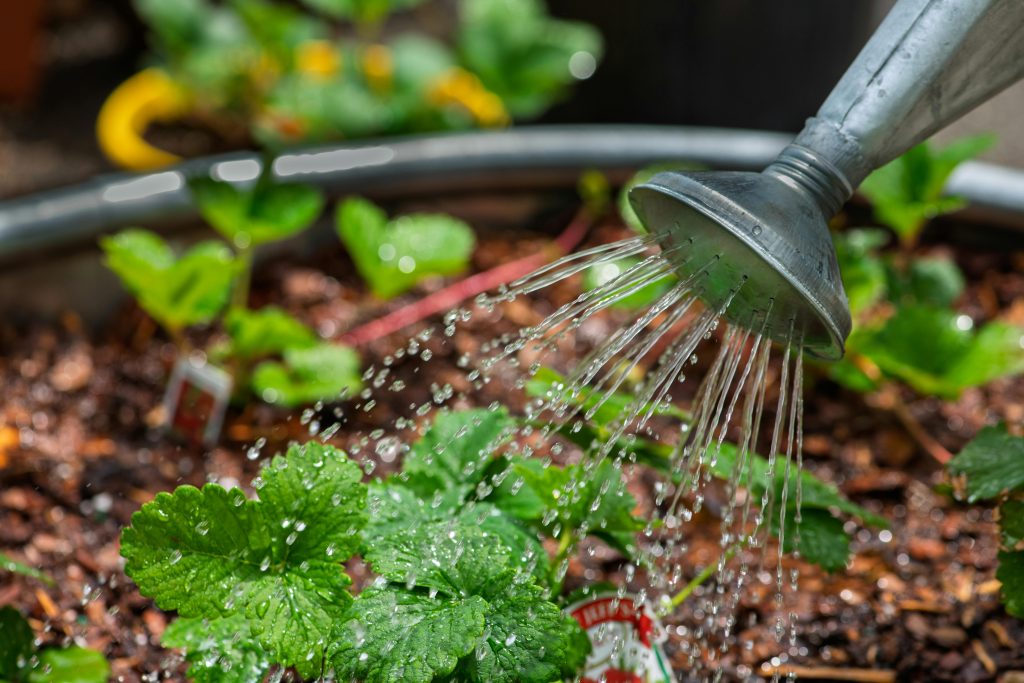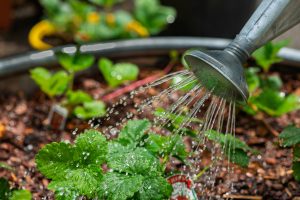
Ways To Keep the Water in Your Soil This Summer
Summer gets hot. Like hot, hot! Which is great for morale and maybe catching a tan but do always remember sunscreen!
But because it gets so hot during summer, plants may die if they don’t get enough water to thrive. This will, of course, affect your water bill and depending on how many plants you have that you’d like to keep alive, these bills could add up fast!
No one wants that.
So, without further ado, here are a few ways to keep the water in your soil for as long as possible to give your trees and plants the best chance for success this summer.
Only Water at Night
Water evaporates out of the soil during the day due to the heat of the sun. This means that if you water your plants during the day, you run the risk of this being a wasted effort as there isn’t enough time for the water to soak into the soil and reach the roots before it evaporates.
This wastes water and will cost you more in the long term as you may need to increase how often you’re watering to ensure your plants actually get enough water.
Watering your plants at night will give the water time to soak deep into the soil without the risk of evaporation.
Mulching
Mulching refers to the strategic placement of items to cover the soil and hold the water in the soil by preventing evaporation. Mulching offers a protective layer over your soil both to keep the water in and maintain a rich, damp environment that allows for the nurturing of the ecosystem within the soil.
You can use organic or inorganic mulch, organic mulch will break down over time and nourish your soil offering bang for buck. Organic mulch materials include wood chips, bark, straw, leaves, nut shells, etc. Inorganic mulch materials include things like gravel, rubber, and landscape fabric.
Alternate Deep Watering with Shallow Watering
Deep watering is also known as flooding your garden which basically explains itself. This is when you water for a long time and allow the water to soak deep, deep into the earth. By watering this way, you’ll promote stronger and longer roots that delve deep to seek nutrients and water. Deeper roots are often stronger as they don’t sit near the surface of the soil and dry out or get damaged over time.
Shallow watering does the opposite of this, keeping roots short and near the surface.
Ideally, you begin with deep watering and let the soil dry out in between waterings and then alternate between the two to ensure plants with deep roots and those with shallow roots both have access to a good amount of water.
Plant Water-Wise Plants
Setting off on the right foot would be planting water wise plants to begin with. Choosing plants that are indigenous to the area you’re planting them in will ensure they thrive in their environment, and you’ll need to give them less water to survive. It will also support your local ecosystems.
Water-wise plants are always ideal as they are pretty drought resistant and you can usually neglect them a little.
Aerate Your Soil
Aerating your soil involves making holes, lifting, shifting or turning your soil to make it easier for water and air to penetrate into lower layers of the soil. This makes your soil healthier and encourages earthworms and other little critters to make their home in your soil and burrow deep.
Pro Tip: Don’t Forget The Food!
Trees and plants need food just as much as they need water. Especially when fighting off diseases, proper nourishment is critical for strong sustained growth. Fertilisers and plant foods are an essential addition to your garden, and one many people often forget about.
Need help or have any questions? Don’t hesitate to get in touch with Ecological Tree Services or call on 07 3520 8661.
-Alex the Arborist



